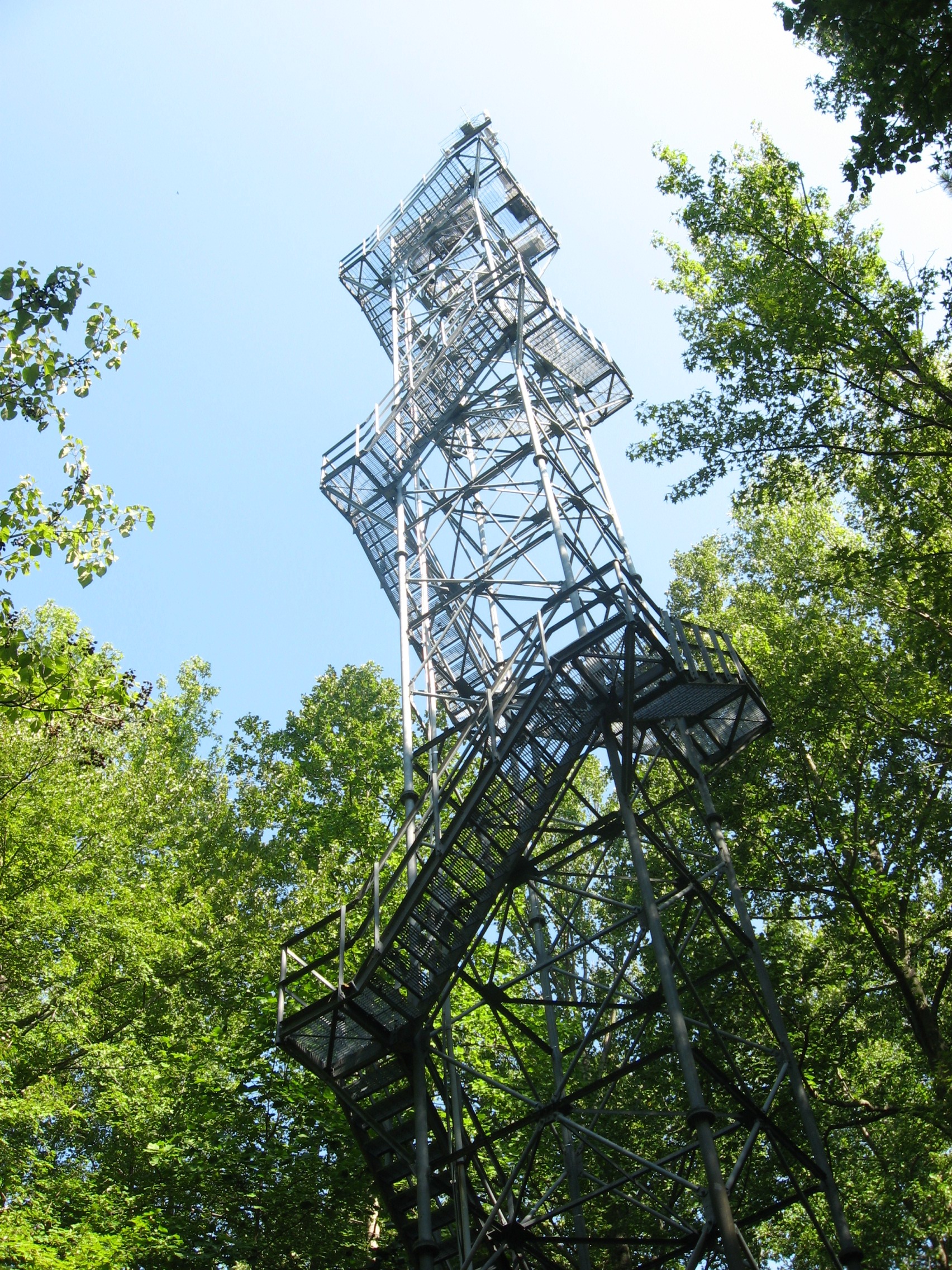Air Pollution
Air pollution can come in many forms. At SERC we’re primarily interested in the effects and fate of nitrogen and mercury emissions in the atmosphere. While these emissions can occur naturally through lightning, volcanic activity, forest fires, and other processes, most of the nitrogen and mercury pollution found in the air is caused by human activities.
Most of the atmosphere is naturally composed of molecular nitrogen gas (N2), but ammonia (NH3) and many nitrogen oxide gases or aerosols that can be pollutants. Atmospheric ammonia pollution is mainly emitted from manure and fertilizer. Nitrogen oxides mainly come from combustion of fossil fuels, but nitrous oxide is produced by bacteria through processes stimulated by nitrogen fertilizer applications. SERC has been monitoring the deposition of nitrogen pollutants in rainfall since the 1970’s and has investigated the production of nitrous oxide by denitrifying bacteria.
SERC scientists also have been at the forefront of tracking mercury pollution. They have documented how regulations on coal-fired power plants—key sources of mercury, sulfur dioxide and smog-causing nitrous oxides—led to cleaner, healthier air. They also have also uncovered ways to fight methylmercury, the neurotoxin famous for contaminating seafood. SERC's microbial scientists have looked closely at which microorganisms are responsible for creating methylmercury, what kinds of conditions make it more likely to form, and helped develop new methods to decrease how much of it enters the water.
Solar Radiation
Pollution and extreme weather events can alter how much and what kinds of light can reach the Earth’s surface and its aquatic ecosystems. Extreme weather events like heat waves, droughts, wildfires and heavy precipitation can change ultraviolet (UV) light penetration in aquatic environments and alter important ecosystem processes connected with the carbon cycle.
Light is important to most organisms. During droughts very little dissolved organic matter and particulates enter aquatic systems, causing light to penetrate deeper through the water. In aquatic systems, too much UV light can damage fish eggs, larvae and plankton DNA while drought-induced dust storms, smoke from wildfires or extreme precipitation and floods can lower UV and visible light penetration, potentially contribute to declines in submerged aquatic vegetation (SAV). Additionally, the kind of UV matters. UVB is a more intense radiation than UVA. Organisms use UVB as a cue for foraging, refuge-seeking and mating. Any changes in UVB could alter the behavior and ultimately survival of aquatic organisms.
Through long-term monitoring of solar radiation and measuring organism responses to UV, scientists at SERC study how naturally-occurring and human-induced events (e.g., climate change, pollution) affect ecosystem processes around the world.



